I got cancer in the bathtub, or at least that’s where I was when I got the call, when a smooth soft voice spoke the word that cut me through. I don’t remember much of the 111 hours between diagnosis and surgery, but I do know that who I am shifted during that time. Cells in my breast were growing out of control; I was 32, I had an 8-month-old baby, and I was sure I was going to die.
In that first year of treatment, I did everything my oncologist suggested. I received shots in my stomach and tubes in my arm. My scalp was bare, my face was bare, my breasts were bared to cool hands and scans and radiation.
But while it was a relief to place myself in the care of conventional medicine, I struggled with a loss of self-determination – a loss of control.
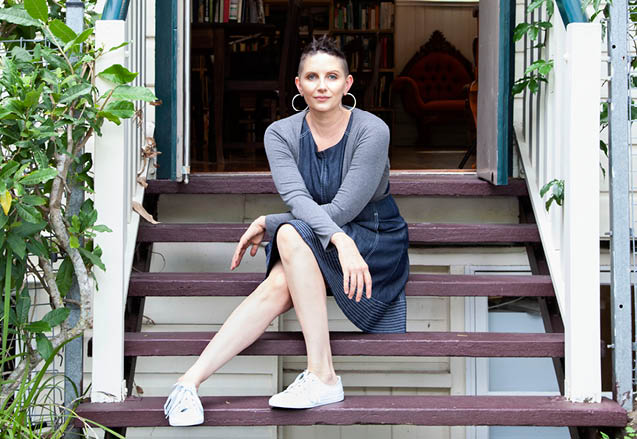

One third of people with cancer develop clinical depression, anxiety and/or post-traumatic stress, and I was one of them. Selective serotonin re-uptake inhibitors are part of my long-term treatment plan—my forever-plan, most likely. With medication, I have power over my mental illness.
But what about my cancer? What power did I have over that?
I’ve been following Gwyneth Paltrow for years, not least because she’s three years older than I am and somehow looks so much younger, fresher. I’m curious about her daily routines, financial motives and Goop’s jade eggs, vagina-scented candles and vulva-fronted t-shirts. When her new show, the goop lab, started on Netflix, I tuned in.
And I started thinking about alternative therapies and my experience of cancer.
Of course, Gwyneth doesn’t advocate alternative therapies as a cure for cancer— Goop aims to help us unlock our best selves. But in the many snide responses to her show, and to Goop in general, I think we’re missing the important question: why are non-conventional therapies so appealing?
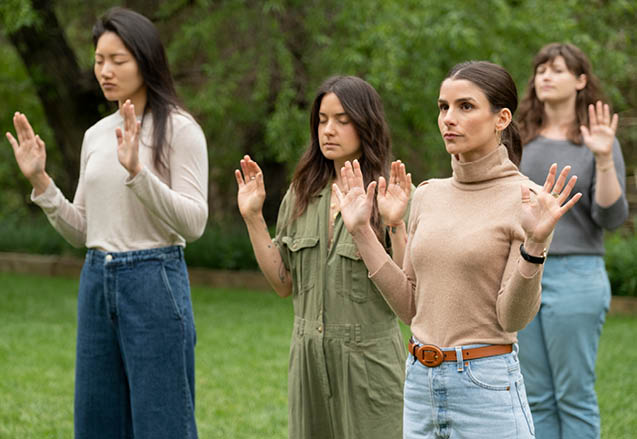

I’m scientist and when I was diagnosed with cancer, I turned to the latest medical research. I read the papers for myself, and grilled my oncologist for answers. And yet I needed more.
Today, almost half of people with cancer use some form of complementary or alternative medicine as part of their treatment. CAM, as it’s sometimes known, is a rapidly-growing industry that includes popular therapies like massage, acupuncture, homeopathy, chiropractic and naturopathy and purported cancer treatments like reiki, coffee enemas, juicing, oxygen and vitamin supplementation. With medical supervision, some of these treatments can be useful in reducing discomfort or stress, but none are cures for cancer.
Let me repeat: none are cures for cancer.
Yet the appeal of CAM lies in its simplicity, its holistic, whole-body approach to wellness. It removes blame from those inclined to blame themselves for their illness (according to research, that’s women), and places it on modern western society as a whole: the alcohol, the pollution, the toxins, the chemicals.
People with cancer are looking for answers, and CAM gives them — albeit vague ones, misinterpreted ones, ones outside the realms of evidence. But answers, nonetheless. You cannot underestimate the power of answers to someone with cancer.
Where cancer leaves a gaping hole, alternative medicine fills it to surplus. There is nothing beautiful, hopeful or encouraging about IV- tethered cancer patients in chairs watching morning programming on tiny screens, nibbling on Arnott’s biscuits.
CAM therapies, on the other hand, deliver a full-colour movement with verve and meaning, power in your own two hands, something to believe in, not to mention evangelical leaders in the form of glossy-haired social media stars, like the infamous Belle Gibson. These are women who—despite all they are battling—look how I’d like to look. They glow.
I wanted to glow.
I wanted to be alive to see my daughter go to school.
You cannot underestimate the power of answers to someone with cancer
I did not juice 12 times a day, did not inject coffee into my colon, did not believe in those things. I was trained as a scientist, after all. I knew I was getting the best treatment available.
And still, I needed some control. For me, one ‘alternative’ was organic food; I carefully considered everything I ingested. Was it fresh? Pesticide free? I blogged my life after cancer, my life as a mother, as a survivor, as an organic food advocate. I was Easy Peasy Organic, and I was part of something bigger than myself—a network of writers and readers who cared about food.
And over time, it got easier to not have control. To feel good with my choices, whatever they might be: organic, non-organic, processed or not. In my food—as in my life—I aimed for diversity and deliciousness.
Over time, it got easier to not have control
It is now 11 years since my diagnosis. I am cancer-free and healthy, and my chances of getting cancer are pretty much the same as anyone else’s.
Does cancer have to be traumatic? I don’t know. But attending to the emotional side of the disease would surely diminish or shorten the trauma—improving quality of life for patients before, during and after their treatment.
Perhaps there is something to be learned from Gwyneth’s wellness industry: more hope, more compassion, a more meaningful experience for people with cancer; a sense of inclusion; a feeling that maybe—just maybe—things are going to be alright.




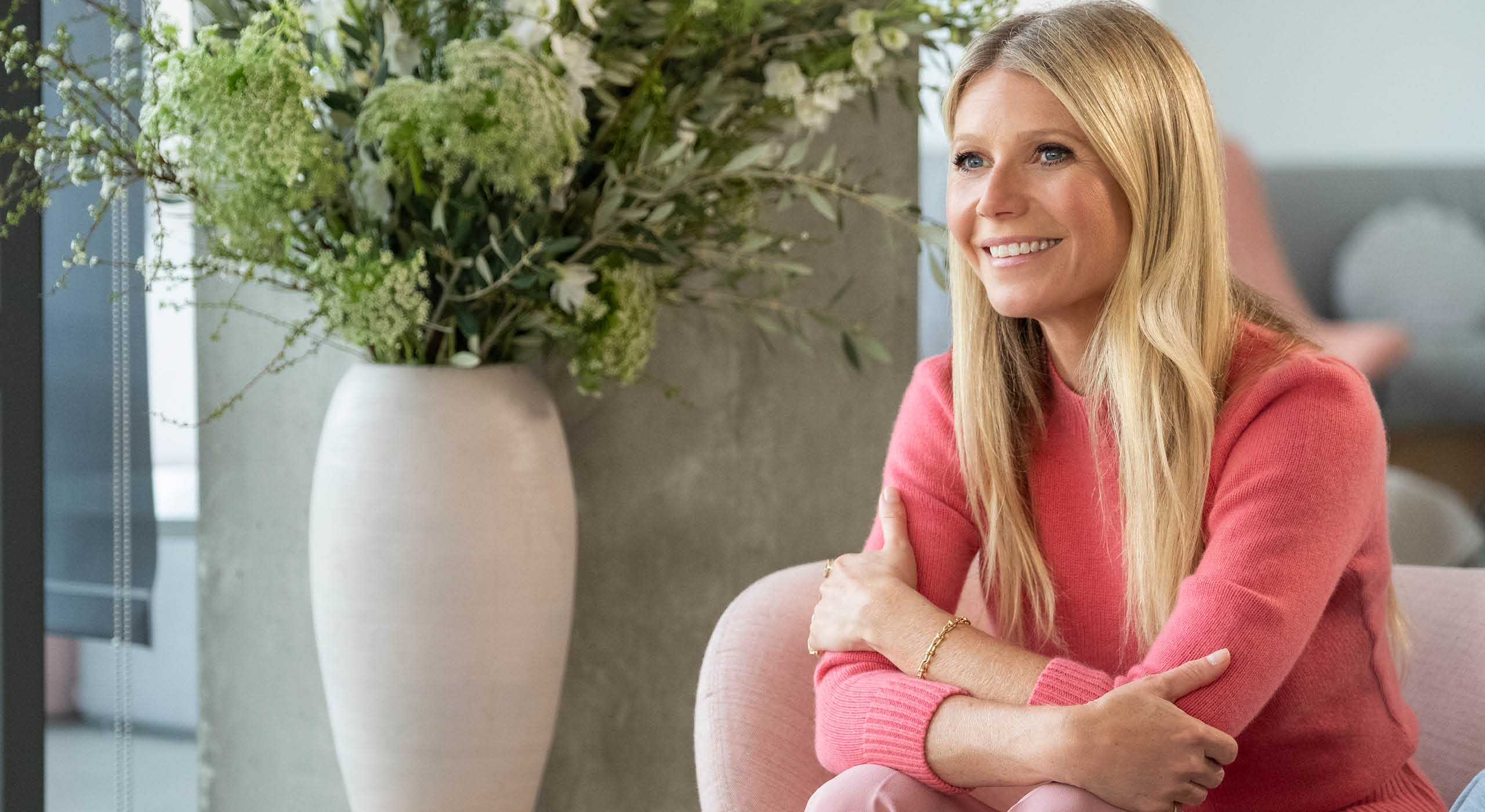
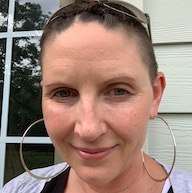

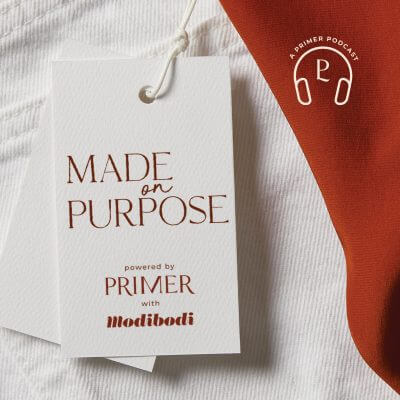
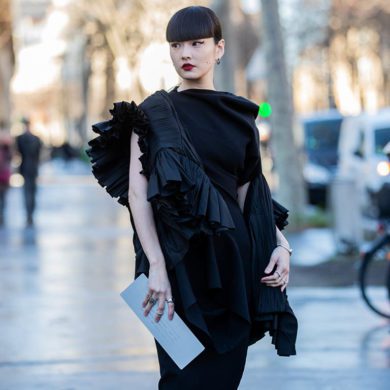
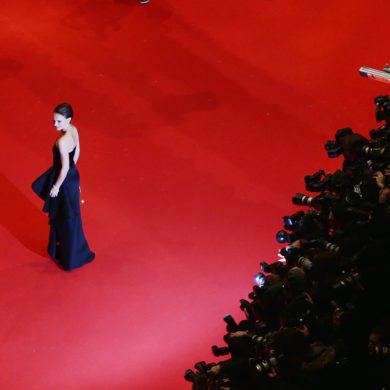
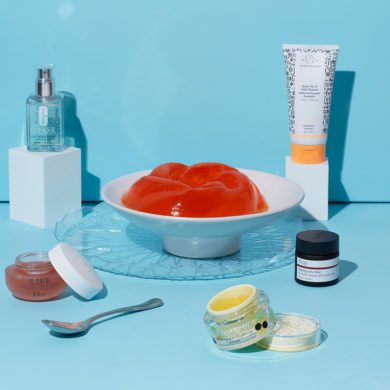
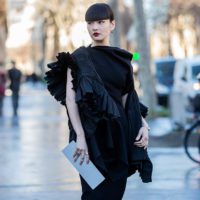
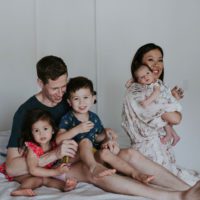

No Comments